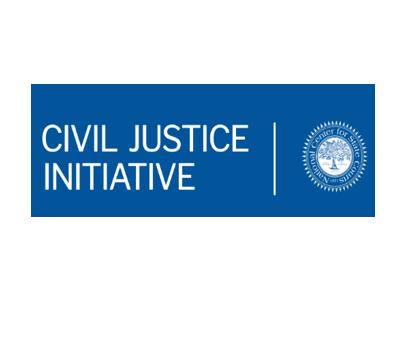In 2011, Utah became the first state to embed the concept of proportionality into its rules governing discovery in civil cases. Utah Rule 26 created three tiers based on the amount-in-controversy at stake with tight deadlines and significant restrictions on the scope of allowable discovery for cases valued less than $50,000 (Tier 1), slightly longer deadlines and expanded discovery permitted for cases valued between $50,000 and $300,000 (Tier 2), and more traditional deadlines and scope of discovery for cases valued more than $300,000 (Tier 3). The result was more effective judicial case management, leading to fewer discovery disputes in tort and non-debt collection contract cases and significantly faster case resolution time. Utah’s experience with civil justice reforms became a cornerstone for the CCJ Civil Justice Improvements Committee recommendations concerning triage and case management.
Although COVID-19 disrupted civil justice reform efforts, court leadership in many states expressed confidence that the CJI recommendations, especially triage and judicial enforcement of case scheduling orders and deadlines, were the key to addressing civil case backlogs. With grant funding from the State Justice Institute, the National Center for State Courts (NCSC) returned to Utah to examine the longer-term impact of Utah’s civil discovery reforms. Using data on civil cases filed from 2013 through 2019, focus groups with Utah district court judges and civil practitioners, and surveys of attorneys in civil cases, the 10-Year Retrospective on Utah Civil Discovery Reforms focuses on the sustainability of Utah’s reforms over time as well as practitioner perceptions of civil legal practice.
NCSC continues data analysis, especially to account for shifts in caseload composition and discovery assignments, such as a decreased proportion of debt collection cases and increased Tier 3 cases driven by both increased tort cases and an increased tendency to assign tort cases to Tier 3. Although discovery disputes have continued to decrease over the past 10 years, the Utah district courts have not sustained the faster disposition times that were achieved in the first two years following implementation of the rules. Tier 1 and Tier 3 cases are still resolving faster than before the new discovery rules were enacted, but Tier 2 cases now resolve slower than in 2011. Compared to the period immediately after the discovery rules went into effect, Certificates of Trial Readiness (COR) were less likely to be filed in a timely manner, and more cases were disposed six months or more after the COR due date. In survey responses, attorneys noted inconsistent judicial case management practices, including enforcement of discovery deadlines and restrictions, which may explain some of the loss of progress on case resolution time. Of particular interest, attorney survey responses showed strong appetite for more consistent judicial enforcement with more than half expressing a preference for strict enforcement of the discovery rules. NCSC expects to complete data analysis and release its final report with recommendations in September 2024.


